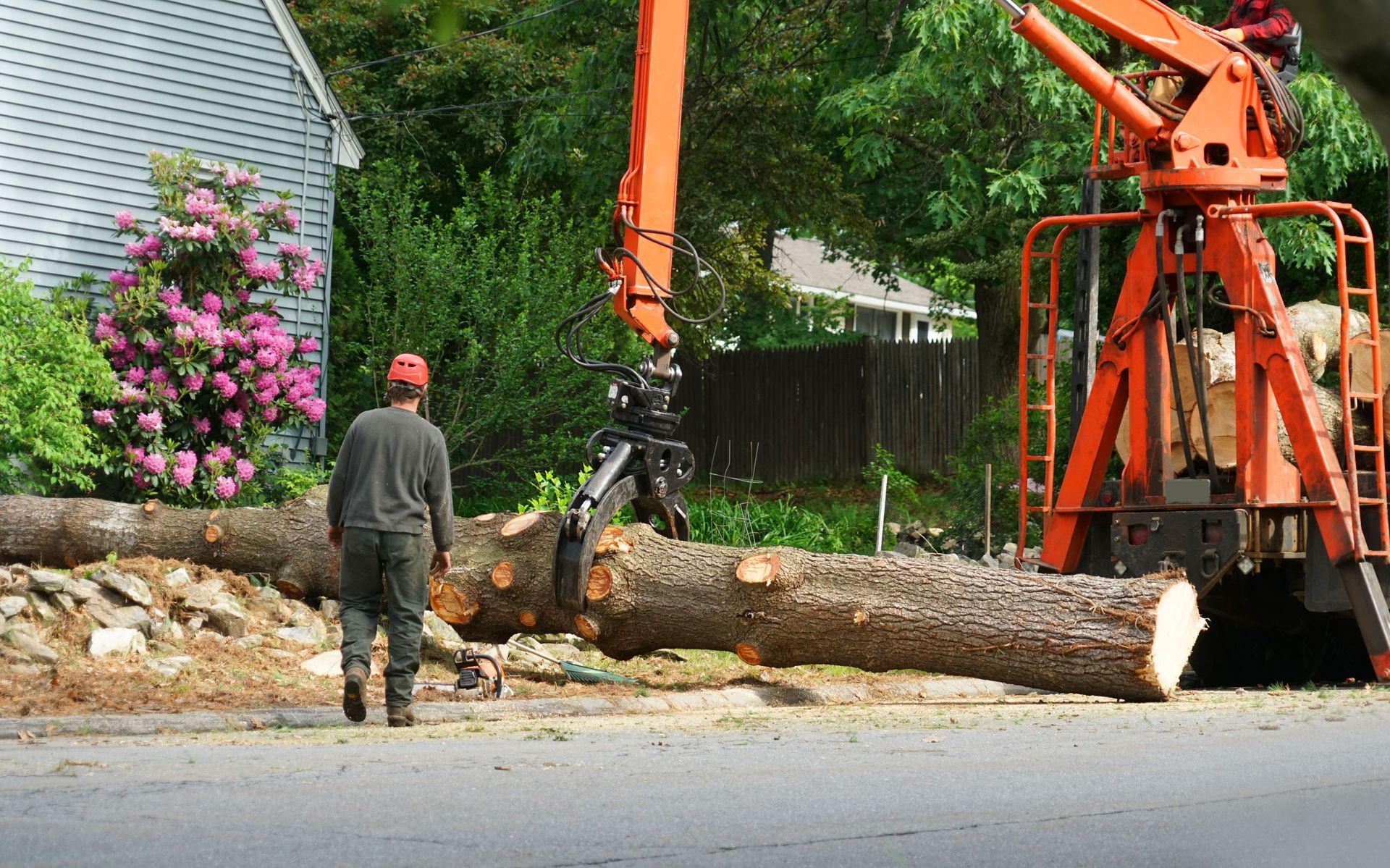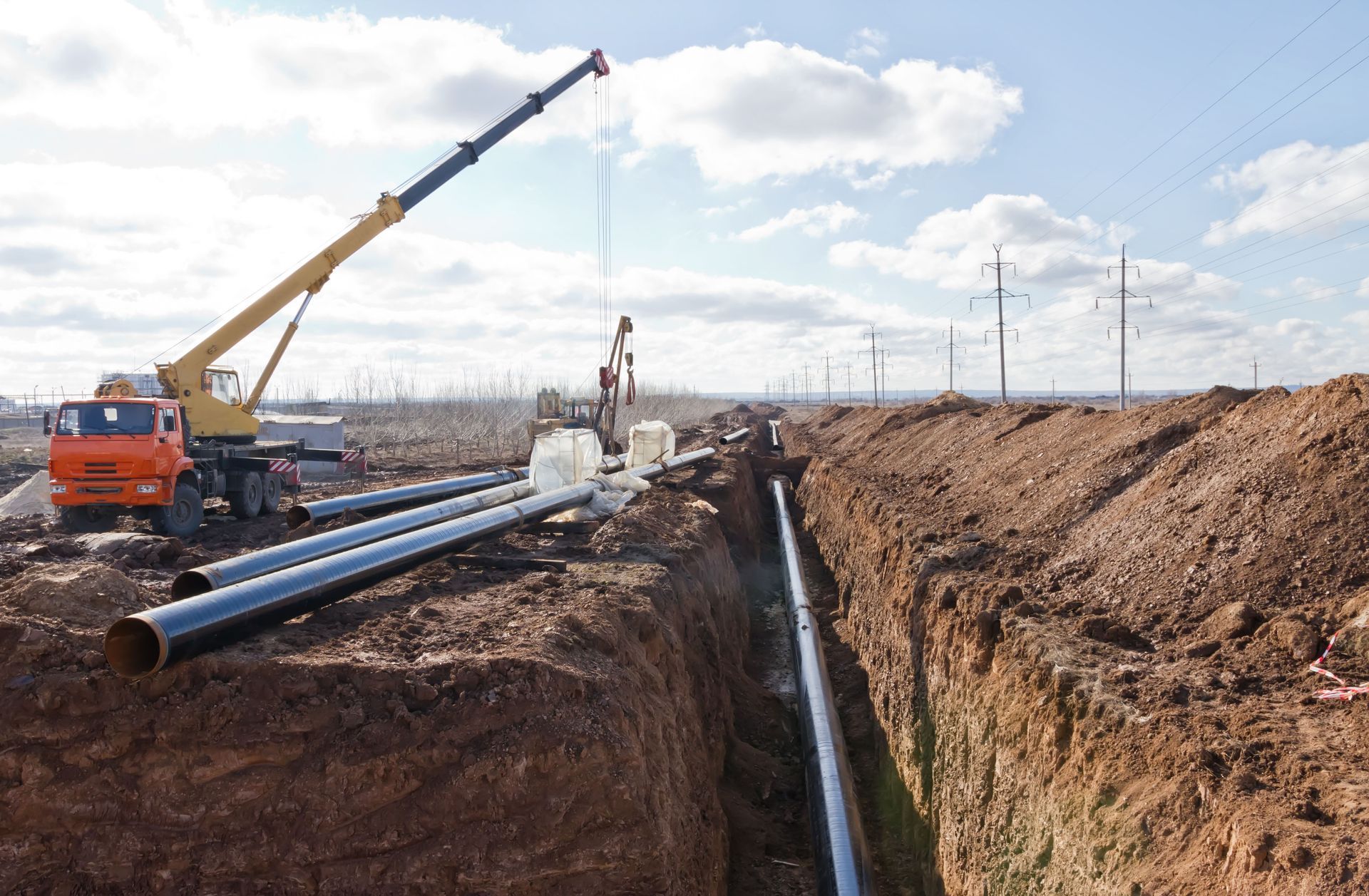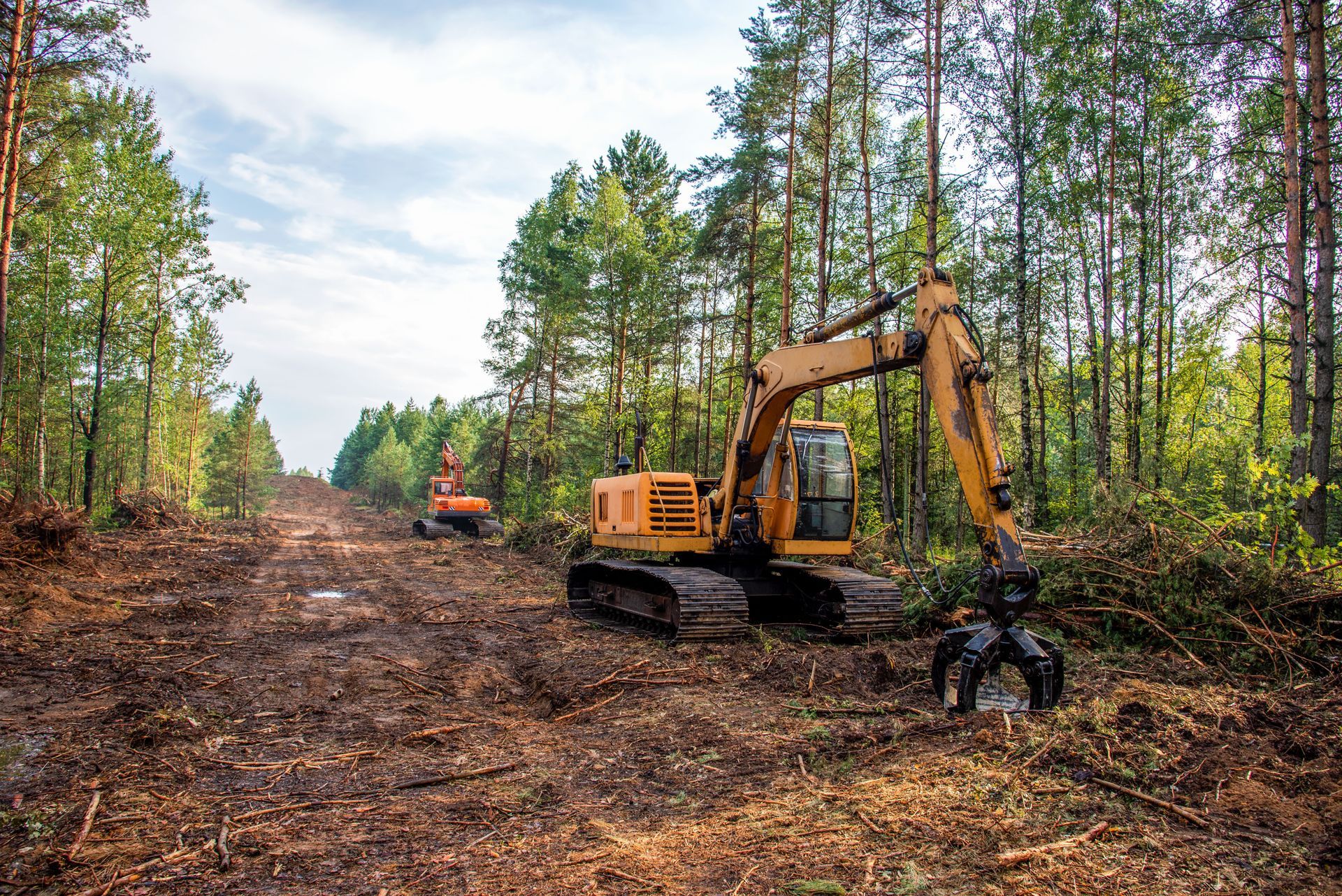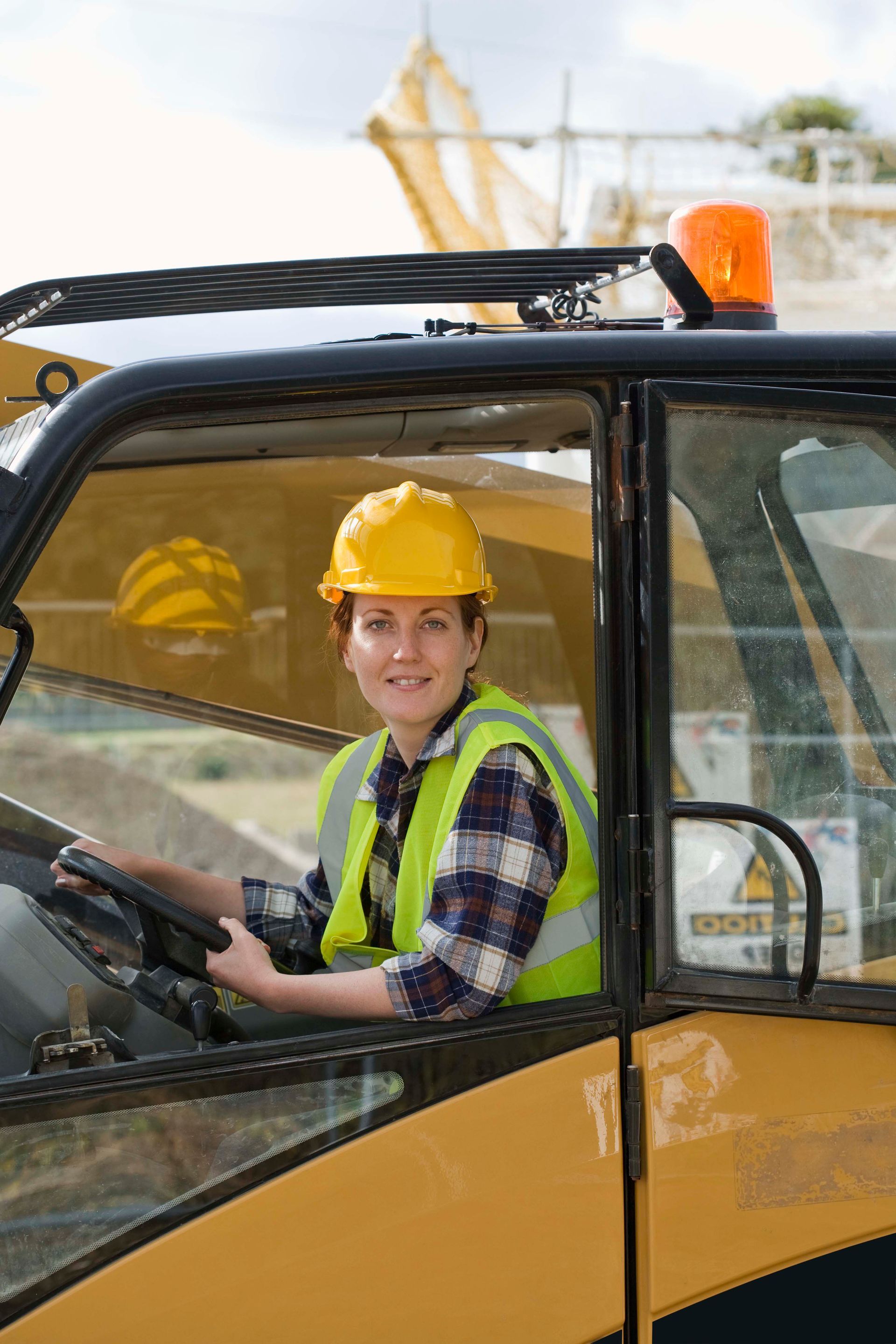Are Fuel, Inspections, and Maintenance Still Included in Crane Rental Pricing?
Highlights:
- Crane rental pricing in 2025 varies widely depending on whether fuel, inspections, and maintenance are bundled or itemized.
- Inflation, fuel volatility, and new digital inspection mandates have influenced rental contract structures.
- Clients are increasingly reviewing cost breakdowns to ensure transparency and avoid surprise fees.
- Routine maintenance and safety inspections remain critical components of rental reliability and compliance.
- Russ Erlinger Crane Service provides transparent and customized crane rental options in Springfield, IL.
Understanding Modern Crane Rental Pricing in 2025
The crane rental industry has evolved significantly in 2025 as contractors and rental companies adapt to rising operating costs and stricter regulatory requirements. Historically, most rental agreements bundled services like fuel, inspections, and maintenance into a flat daily or hourly rate. However, as fuel prices and technology-driven inspection costs fluctuate, many providers now separate these expenses for transparency. According to Crane Briefing, companies are prioritizing clarity in contracts to ensure customers fully understand what’s included and what may result in additional charges.
How Rising Fuel Costs Affect Crane Rental Rates
Fuel costs continue to be one of the most variable factors in crane rental pricing. Diesel prices in 2025 have risen compared to previous years due to ongoing global supply chain challenges and environmental regulations that limit emissions. Many rental companies now adopt a fuel surcharge or require renters to refill tanks after use. Others offer hybrid-electric cranes to mitigate these costs. In Springfield, IL, clients renting from experienced providers like Russ Erlinger Crane Service often find clear fuel-use policies outlined in contracts, minimizing misunderstandings and helping with project budgeting.
The Role of Routine Inspections in 2025 Rentals
Crane inspections remain a legal and safety requirement across all equipment types. These include daily visual checks, monthly mechanical assessments, and annual third-party certifications. According to OSHA, a “competent person” must perform a thorough annual inspection of hoisting machinery and maintain records of inspection dates and results. In 2025, digital inspection records are now commonplace, improving traceability and compliance. While some rental firms include inspections in their base rates, others itemize them to reflect the growing cost of certification and digital reporting systems. For clients, verifying inspection coverage helps ensure safe, compliant operations throughout a project.
FAQ
Are inspection costs included in every crane rental?
Not always. Some companies include standard inspections, but detailed or third-party certifications may be billed separately, depending on the equipment class.
Why are fuel charges often separate now?
Fuel costs fluctuate frequently, and separating them gives both clients and rental providers flexibility and transparency in managing project budgets.
Do I need to return the crane with a full tank?
Many companies require renters to refill before return or apply a post-use refueling fee based on market diesel prices at the time.
Maintenance Responsibilities in Rental Agreements
Maintenance responsibilities are another key cost area affected by 2025 contract trends. Preventive maintenance, such as oil changes and hydraulic checks, is typically included in long-term rentals. However, misuse or damage caused by the operator is billed separately. According to Highways Today, many large contractors and rental companies report that predictive maintenance has saved them millions by avoiding catastrophic breakdowns and extending component life. These systems monitor wear patterns, alerting technicians before breakdowns occur. This approach keeps cranes safe and reliable while allowing transparent billing between the renter and the provider.
How Digital Tools Are Changing Cost Structures
Technology has reshaped how rental providers track and manage expenses. IoT-based telematics now monitor machine use, fuel consumption, and operating hours in real time. With this data, providers can more accurately separate base rental costs from variable usage costs. Many Springfield, IL contractors appreciate this data-driven transparency because it provides insight into how resources are consumed on-site. Digital platforms also streamline maintenance scheduling and invoicing, making it easier for companies like Russ Erlinger Crane Service to communicate with clients about performance metrics, maintenance needs, and operational efficiency throughout the rental term.
Client Demand for Transparent Pricing
In 2025, clients are demanding greater clarity in their rental agreements. After years of rising project costs and unpredictable supply chains, transparency has become essential. Contractors now expect detailed line-item invoices showing fuel usage, inspection fees, and maintenance expenses. This shift helps prevent disputes and builds long-term trust between providers and renters. Transparent billing practices have become a key competitive advantage, as companies that communicate cost structures clearly tend to retain repeat clients and attract more referrals.
FAQ
Can I negotiate for an all-inclusive rate?
Yes, many crane rental providers offer customizable contracts. All-inclusive pricing is still available for customers who prefer simplified budgeting.
How often is preventive maintenance performed?
For long-term rentals, preventive maintenance is typically performed every 250–500 operating hours or as specified by the manufacturer.
Does digital monitoring affect pricing?
Digital monitoring itself may not increase cost but improves accuracy in billing for fuel use, maintenance scheduling, and idle time.
Regional Differences in Rental Practices
Rental practices can vary by region due to local labor costs, fuel availability, and regulatory requirements. In states like Illinois, where weather and soil conditions affect crane performance, equipment wear can be higher, influencing maintenance scheduling and costs. Some Springfield-area providers include on-site technician visits for multi-day projects to ensure continuous operation. Clients should review whether these visits are included or charged separately. By discussing expectations upfront, both parties avoid billing surprises and maintain smoother project timelines. Regional expertise from companies like Russ Erlinger Crane Service helps anticipate and manage such factors effectively.
Balancing Flexibility and Cost Control
As the crane rental industry modernizes, companies are balancing flexibility with financial control. Itemizing fuel and maintenance gives clients a better understanding of project-specific expenses, while bundling may still appeal to those seeking predictable costs. For complex, long-duration projects, hybrid pricing models—combining base rates with variable-use tracking—are becoming popular. This balance supports both transparency and budgeting stability. Whether renting a mobile crane for a few days or a tower crane for months, understanding how these costs are structured helps contractors make informed, cost-effective choices for 2025 projects.
Industry Trends Shaping Future Rental Contracts
The future of crane rental pricing is tied to sustainability and automation. As electric and hybrid cranes become more common, fuel-related surcharges may decline. Predictive maintenance and AI-based inspection tools are also reducing downtime and optimizing labor costs. In Springfield, IL, these advancements are already influencing local rental rates. Companies that adopt digital and eco-friendly technology can pass savings on to clients through lower maintenance expenses. Ultimately, success in 2025 and beyond depends on how rental providers integrate efficiency, safety, and transparency into their pricing and service models.
FAQ
Will electric cranes reduce rental costs in the future?
Yes, as electric cranes eliminate fuel expenses and reduce mechanical wear, long-term rental costs are expected to decline over time.
Do clients receive inspection records after rental?
Most reputable rental companies provide digital inspection logs for documentation and compliance verification upon request.
Are hybrid cranes available in Springfield, IL?
Yes, many local providers, including Russ Erlinger Crane Service, now offer hybrid or low-emission models to support eco-friendly job sites.
Transparency Defines 2025 Rental Success
In 2025, the crane rental industry continues to move toward detailed, transparent billing structures that benefit both clients and providers. Fuel, inspections, and maintenance are still essential parts of rental operations, but they are no longer universally bundled. Understanding whether these costs are included—or itemized—can make a major difference in managing budgets and avoiding disputes. For contractors in Springfield, IL, partnering with trusted experts like Russ Erlinger Crane Service ensures access to well-maintained cranes, flexible pricing, and comprehensive service support tailored to each project’s unique needs.





Share On: